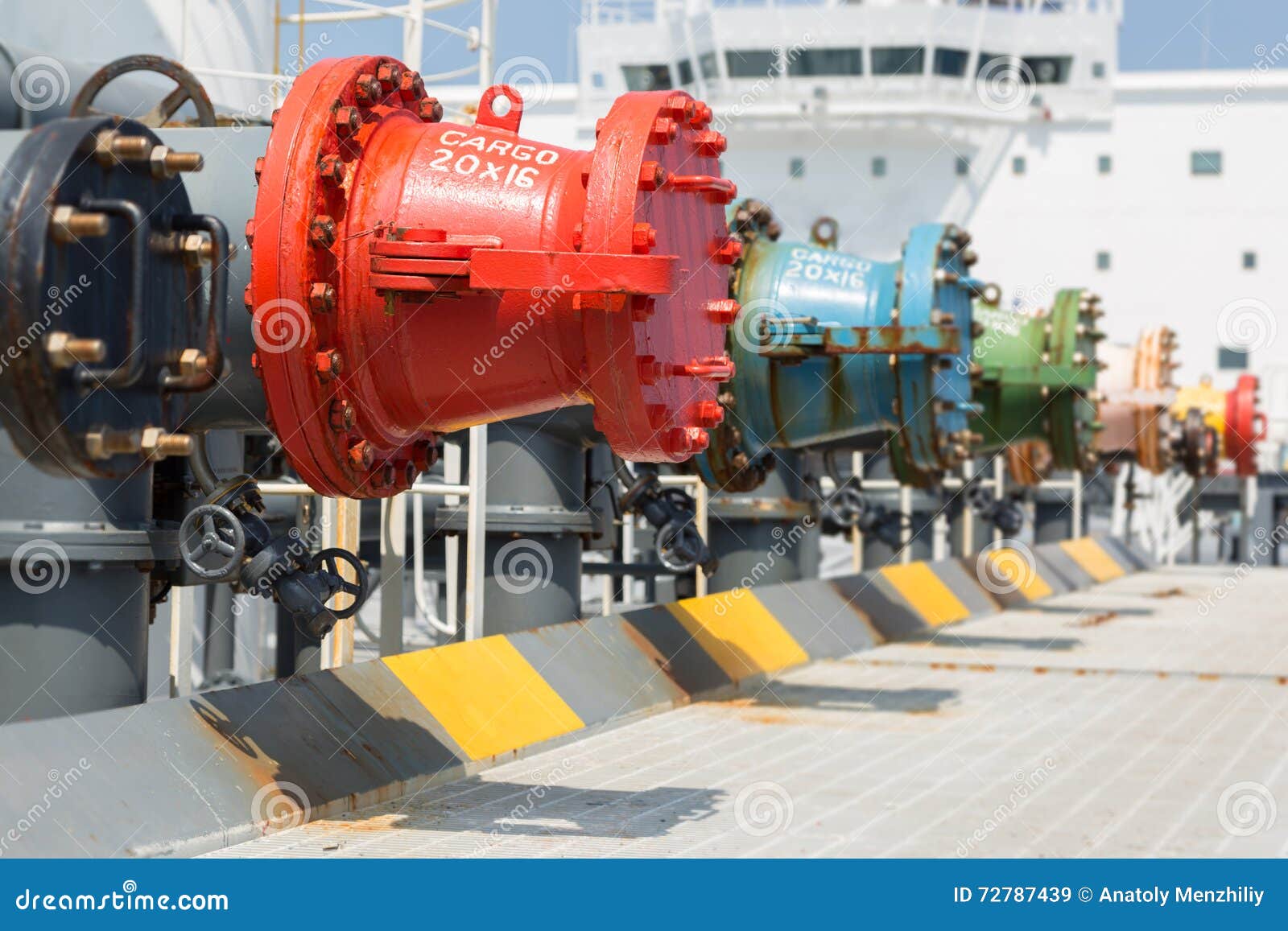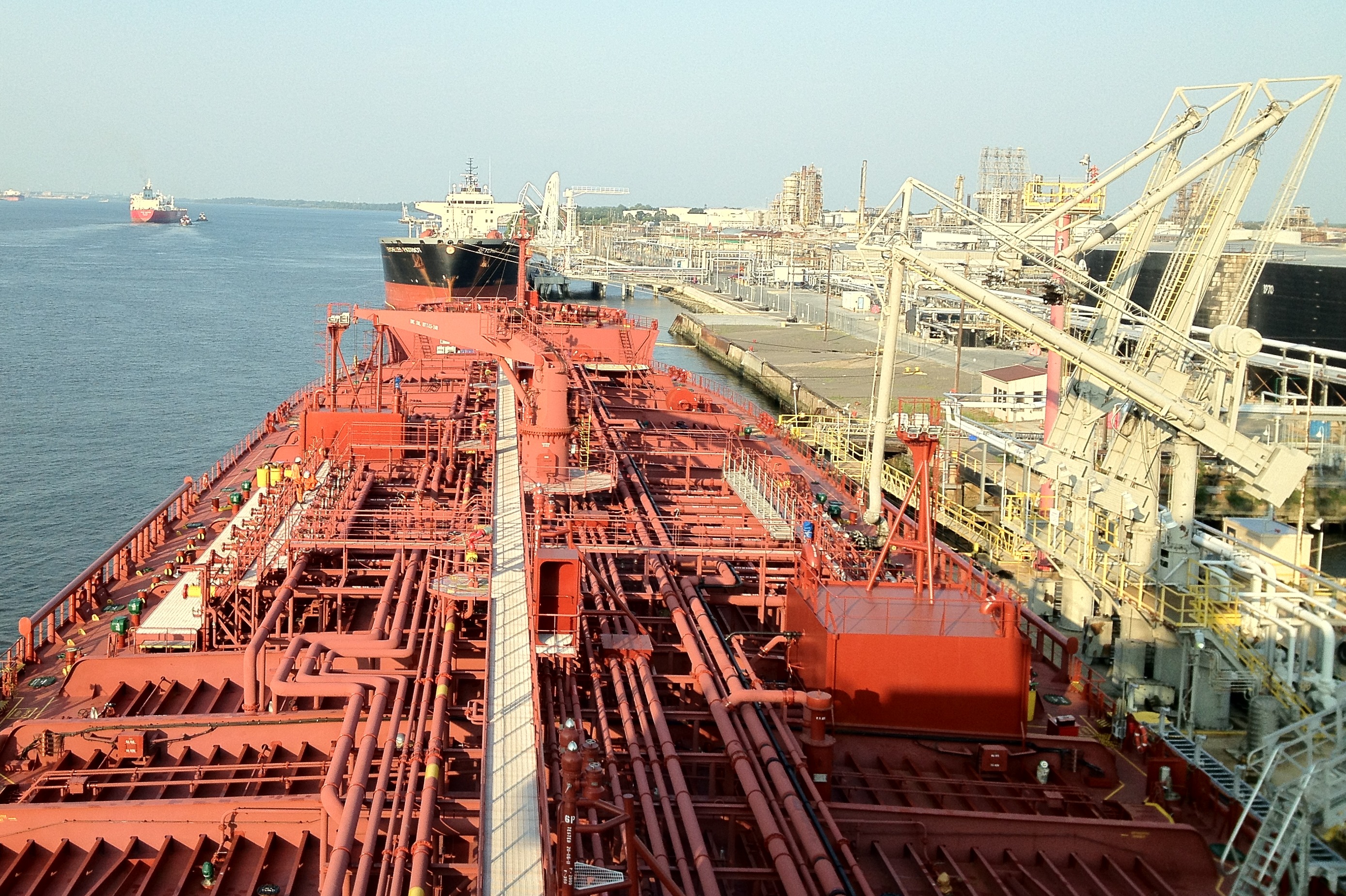What is so special about Heavy-Duty Oil Tanker With Advanced Safety And Transport Capabilities that makes it a must-read topic today?
Editor's Notes: Heavy-Duty Oil Tanker With Advanced Safety And Transport Capabilities represents a major advancement in the transportation of crude oil and refined products. Given the importance of safe and reliable oil transportation to meet global energy demands, this topic has become newsworthy.
Through extensive analysis and research, we have compiled this comprehensive guide to help industry professionals understand the key features and benefits of Heavy-Duty Oil Tanker With Advanced Safety And Transport Capabilities.
| Key Differences | Key Takeaways |
|---|---|
| Enhanced Safety Features | Reduced risk of accidents and environmental disasters |
| Increased Transport Capacity | Lower transportation costs and improved efficiency |
| Advanced Navigation and Tracking Systems | Improved route planning and enhanced situational awareness |
FAQ: Heavy-Duty Oil Tanker With Advanced Safety And Transport Capabilities
This section provides answers to frequently asked questions about the heavy-duty oil tanker. These comprehensive responses aim to clarify any misconceptions and provide a better understanding of its capabilities.

Chemical Road Tanker Products by Omni Tanker - Source omnitanker.com
Question 1: What safety measures are in place to prevent oil spills and environmental damage?
The oil tanker is equipped with multiple layers of safety systems to minimize the risk of spills. These include double hulls, segregated ballast tanks, and advanced monitoring systems that detect leaks and automatically activate containment measures. Moreover, the crew undergoes rigorous training to ensure they are well-equipped to handle any emergency situations.
Question 2: How does the tanker ensure efficient and timely delivery of oil?
The tanker's design prioritizes efficiency and speed. Its large storage capacity allows for the transportation of substantial volumes of oil, while its powerful engines and optimized hull shape enable it to navigate through diverse sea conditions. Additionally, state-of-the-art navigation and communication systems facilitate seamless coordination with port authorities.
Question 3: What measures are taken to protect the crew and ensure their well-being?
The crew's safety and comfort are paramount. The tanker is equipped with ergonomic accommodations, medical facilities, and recreational areas. Comprehensive training programs ensure that the crew is proficient in emergency protocols and maintaining the highest safety standards. Regular inspections and adherence to industry best practices guarantee a safe and healthy work environment.
Question 4: How does the tanker meet environmental regulations and minimize its carbon footprint?
The tanker is designed to comply with stringent environmental standards. Its engines are optimized to reduce emissions, and the use of clean fuels and ballast water treatment systems further minimizes its environmental impact. The tanker also adheres to international regulations and undergoes regular inspections to ensure ongoing compliance.
Question 5: What innovative technologies are incorporated into the tanker's design?
The tanker features cutting-edge technologies that enhance its safety and operational efficiency. Advanced sensors and monitoring systems provide real-time data on oil levels, pressure, and temperature. Automated control systems optimize navigation and engine performance. The tanker also incorporates remote monitoring capabilities, allowing experts to provide support and guidance from shore.
Question 6: How does the tanker contribute to the global energy supply chain?
The heavy-duty oil tanker plays a vital role in meeting the world's energy needs. Its ability to transport large volumes of oil safely and efficiently ensures a stable and reliable supply to major markets. The tanker's advanced capabilities contribute to the smooth functioning of the global energy infrastructure.
These frequently asked questions provide insights into the capabilities of the heavy-duty oil tanker, its commitment to safety, and its role in the global energy supply chain. The tanker represents a sophisticated and essential component of modern energy transportation.
Transition to the next article section: Read more about the tanker's advanced navigation systems and its impact on global trade routes.
```html
Tips for Heavy-Duty Oil Tanker With Advanced Safety And Transport Capabilities
When it comes to transporting oil, safety and efficiency are paramount. Here are some tips to help you optimize your operations:
Tip 1: Choose the Right Tanker:
Select a tanker designed specifically for transporting oil, ensuring it meets industry standards and regulations. Consider factors like capacity, material composition, and safety features.
Tip 2: Ensure Proper Maintenance:
Regular maintenance is crucial for preventing leaks and breakdowns. Conduct thorough inspections, clean filters, and replace worn components promptly.
Tip 3: Train Your Crew:
Provide comprehensive training to your crew on tanker operations, emergency protocols, and safety regulations. Ensure they are well-equipped to handle any situation.
Tip 4: Plan Your Route Carefully:
Before出发ing, determine the safest and most efficient route, considering weather conditions, traffic patterns, and potential hazards.
Tip 5: Use Technology to Enhance Safety:
Leverage advanced technologies such as GPS tracking, remote monitoring, and collision avoidance systems to improve visibility and reduce risks.
Summary:
By following these tips, you can enhance the safety and efficiency of your oil transportation operations, ensuring compliance, minimizing risks, and safeguarding the environment.
```
Heavy-Duty Oil Tanker With Advanced Safety And Transport Capabilities
Advanced technology has significantly transformed the maritime industry, leading to the development of next-generation oil tankers that prioritize safety and transportation efficiency. Modern heavy-duty oil tankers are meticulously engineered with an array of advanced features, ensuring exceptional reliability and dependability during critical operations.

Basic Tanker Safety | Seably - Source www.seably.com
- Enhanced Structural Integrity: Constructed using high-grade steel and employing innovative design principles, these tankers boast exceptional durability and resilience against harsh海上conditions.
- Reliable Propulsion Systems: Equipped with powerful and efficient engines, they maintain optimal speed and maneuverability while ensuring fuel efficiency.
- Advanced Navigation and Communication: State-of-the-art navigation systems and satellite communication technologies enhance situational awareness, enabling precise vessel tracking and seamless communication.
- Cargo Safety Systems: Multi-layer cargo containment systems, inert gas generation, and fire detection and suppression mechanisms minimize cargo-related risks.
- Environmental Compliance: Designed with advanced emission control technologies, these tankers adhere to stringent environmental regulations, reducing their carbon footprint.
- Automated Loading and Unloading: Automated systems streamline cargo handling operations, increasing efficiency and reducing the risk of spills or accidents.
The convergence of these advanced aspects elevates the safety and transport capabilities of modern heavy-duty oil tankers. They play a crucial role in the safe and efficient transportation of oil and gas resources, supporting global energy supply and fueling economic growth. These tankers exemplify the maritime industry's commitment to innovation and sustainability, ensuring the reliable and responsible movement of vital commodities.

Black Cargo Oil Tanker Stock Photography | CartoonDealer.com #88241138 - Source cartoondealer.com
Heavy-Duty Oil Tanker With Advanced Safety And Transport Capabilities
The heavy-duty oil tanker is designed for the safe and efficient transport of large volumes of oil. It is equipped with a number of advanced safety features that help to protect the crew, the cargo, and the environment. These features include a double hull, an inert gas system, and a fire detection and extinguishing system. The tanker also has a number of advanced transport capabilities, such as a segregated ballast system and a cargo heating system. These capabilities help to ensure that the oil is transported efficiently and safely.

OIL TANKER OPERATIONS (Loading) - Conventional Tanker Basics - Source cultofsea.com
The heavy-duty oil tanker is an essential part of the global oil industry. It is used to transport oil from production facilities to refineries and other storage facilities. The tanker's advanced safety and transport capabilities help to ensure that the oil is transported safely and efficiently, which is essential for the global economy.
The table below provides a summary of the key features and benefits of the heavy-duty oil tanker.
| Feature | Benefit |
|---|---|
| Double hull | Provides protection against oil spills in the event of a collision or grounding. |
| Inert gas system | Reduces the risk of fire and explosion by displacing oxygen in the cargo tanks. |
| Fire detection and extinguishing system | Detects and extinguishes fires quickly and effectively. |
| Segregated ballast system | Separates ballast water from the cargo, which reduces the risk of oil spills. |
| Cargo heating system | Keeps the oil at a constant temperature, which reduces the risk of damage to the cargo. |
Conclusion
The heavy-duty oil tanker is a vital part of the global oil industry. Its advanced safety and transport capabilities help to ensure that the oil is transported safely and efficiently. This is essential for the global economy and for the protection of the environment.
The future of the oil tanker industry is bright. As the global demand for oil continues to grow, the need for safe and efficient transportation will only increase. The heavy-duty oil tanker is well-positioned to meet this demand.